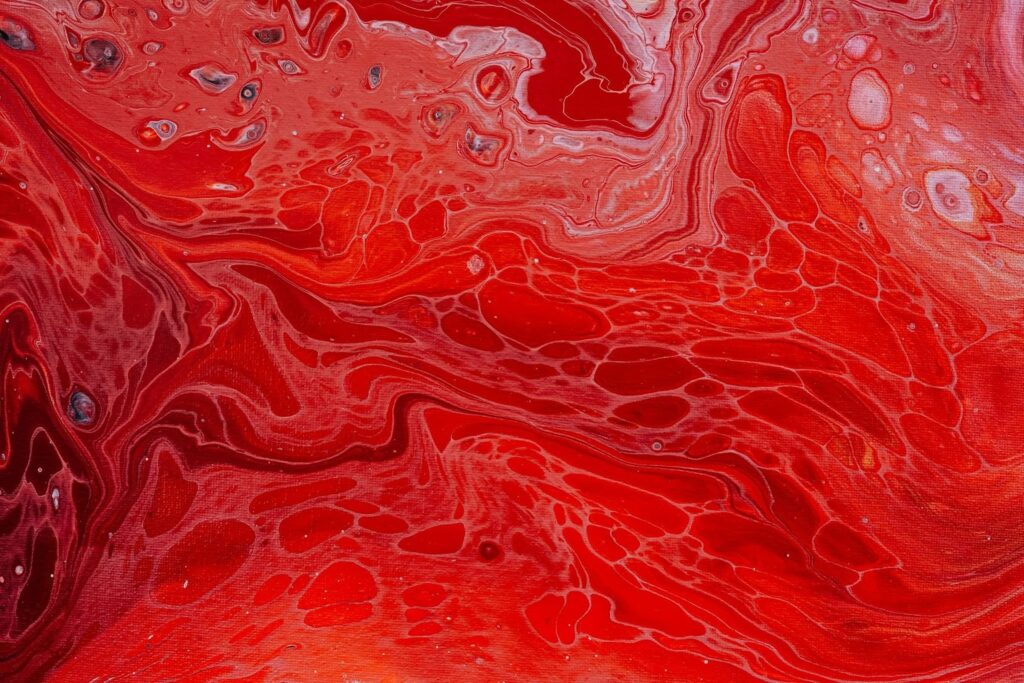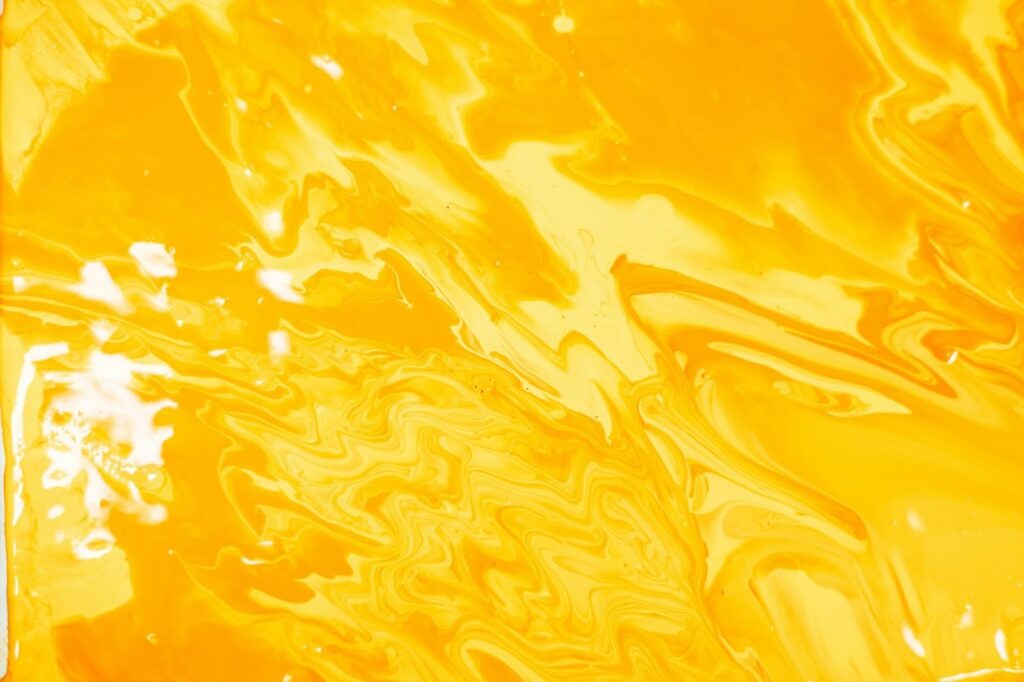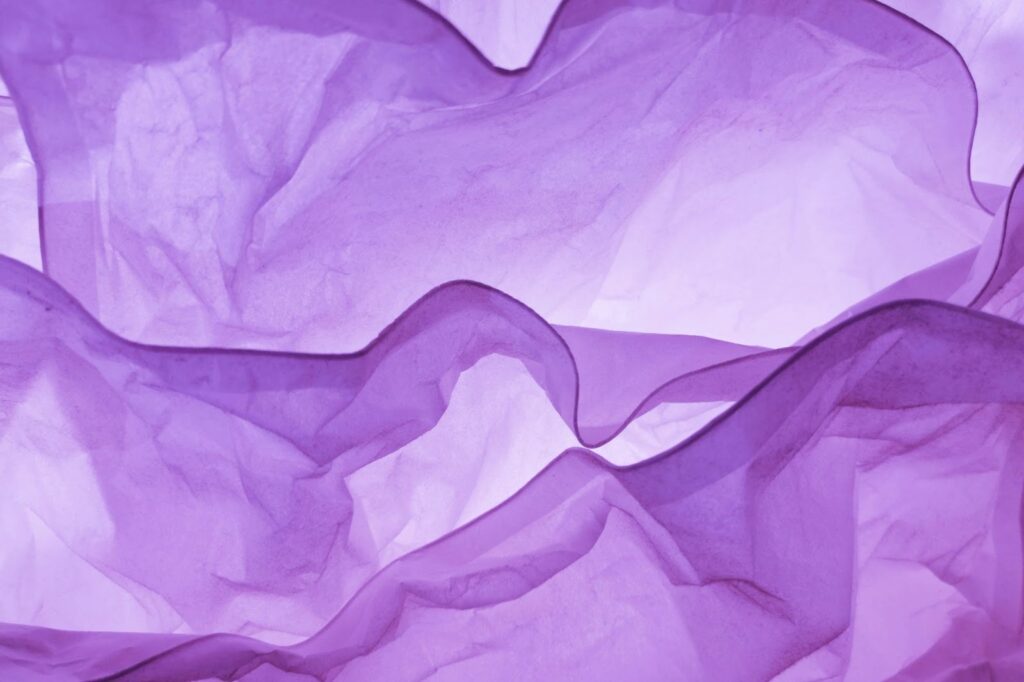How the Right (or Wrong) Shade Impacts Consumer Trust?
Colors are not just a matter of taste; they are high-impact psychological stimuli that can deeply affect human feelings, attitudes, and eventually, consumer trust. In branding, mastering color psychology is not an added value – it’s essential. The correct color can establish instant rapport and loyalty, or instantly generate dissonance and destroy trust before a single word is even read.
Consider this: the instant we glance at a logo, website, or product box, our mind is already deciphering visual signals. Color takes center stage in this very first judgment, sending implicit signals regarding a brand’s personality, values, and trustworthiness.
The Emotional Spectrum: What Colors Say
Certain colors trigger specific emotions, which makes them a treasure to be used in brand placement:
Blue: The Trustworthy Titan

Blue is most often linked to the sky and the sea, and it evokes serenity, steadiness, and trustworthiness. It’s for this reason that so many banks, tech firms, and medical companies rely on blue. Blue communicates professionalism, safety, and expertise and is a great option to invoke trust.
Red: The Energetic and Urgent

Red is an energetic, passionate, and urgent color. It commands attention and might generate excitement and appetite (consider food companies). Strong, though, excessive red can also communicate aggression or danger, so it needs to be used with restraint lest it overwhelm or estrange consumers.
Yellow: The Optimistic Communicator

Yellow commonly evokes images of sunshine, happiness, and optimism. Yellow is a very visible color and is capable of drawing attention and conveying cheerfulness, energy, and warmth. Yellow is used by brands wishing to convey friendliness, low prices, or innovation but with caution since excessive use or the wrong shades can be perceived as cautionary or cheap.
Green: The Natural and Growth-Oriented

Green globally represents nature, growth, freshness, and harmony. Green creates a sense of health, peacefulness, and environmental awareness. Organic food, green product, wellness, and outdoor companies often use green to establish trust by connecting with natural goodness and sustainability. Wealth and prestige are also represented by darker greens.
Orange: The Enthusiastic and Creative

Orange is a union of red’s energy with yellow’s happiness. It’s an enthusiastic and warm color that conveys creativity, adventure, enthusiasm, and warmth. It’s frequently applied by companies that market towards younger populations or need to be seen as innovative and welcoming. It can also evoke action without the overbearing press of red.
Purple: The Luxurious and Imaginative

Traditionally linked to kings and queens, purple is seen to represent luxury, sophistication, and ambition. It also carries a powerful connection to creativity, imagination, and spirituality. Purple is used by brands seeking an upscale, mystical, or innovative image. Lighter hues may be romantic or ethereal, with darker purples evoking opulence and wisdom.
Black: The Sophisticated and Powerful

Black is an age-old color that conveys sophistication, elegance, power, and authority. It can represent timelessness, luxury, and seriousness. Black is often used by high-fashion brands, luxury automobile companies, and technology companies to express a premium and elitist sense. Black is also a great background color since other colors stand out. Black can also connote mourning or mystique if handled incorrectly.
White: The Pure and Minimalist

White symbolizes purity, cleanliness, simplicity, and contemporaneity. It is associated with freshness, clarity, and newness. White is frequently used in brands for healthcare, weddings, and minimalism to symbolize transparency, hygiene, and a clean and lean look. White gives a feeling of airiness and has the ability to highlight other colors very prominently.
Brown: The Earthy and Reliable

Brown is an earthy color that produces feelings of warmth, comfort, honesty, and dependability. It’s frequently linked with nature, wood, and farming. Brown is usually used by brands that desire to convey a rough, wholesome, or craft image. It can also provide a sense of stability and resilience.
The Danger of the Incorrect Shade
Although the use of the proper color assists with establishing confidence, an incorrect selection can adversely impact it. Misalignment may occur in a number of ways:
Incongruity: Implementing a color that is in direct conflict with the purpose of the brand. An example would be a bank making Red its main color (implying danger/urgency) rather than Blue (security/stability) and potentially leading customers into anxiety.
Cultural Blunders: Colors have various meanings worldwide. For instance, though White is purity and cleanliness in most Western cultures, it is mourning in some Asian cultures. An international brand will need to take this into account to prevent disrespect or misunderstanding, which erodes trust.
Shade and Tone Mistakes: Even in the “correct” color, an incorrect shade or tone can be harmful. An earthy, dull tint of Green could appear ill rather than healthy. A neon Blue could come across as childish or tacky rather than professional and credible. Hints are very important when conveying seriousness and ability.
Key Takeaway for Brand Builders
Trust is commerce’s money, and color is one of the quickest means of depositing or withdrawing from that account. Brands need to do research to match their color scheme with their core values and what kind of emotional response they desire. Ask yourself:
Does this color promote our integrity? (Typically Blue, White, or rich Green)
Does this color convey our quality and professionalism? (Often Black, deep Purple, or corporate Blue)
Does this color guarantee the customer of their safety and security? (Often Blue or Green)
By choosing colors deliberately, brands don’t only create a stunning visual; they develop a silent, effective language of trust that speaks directly to the consumer’s subconscious mind.


